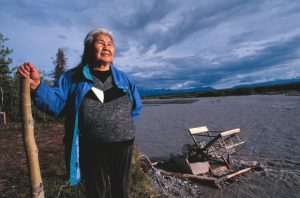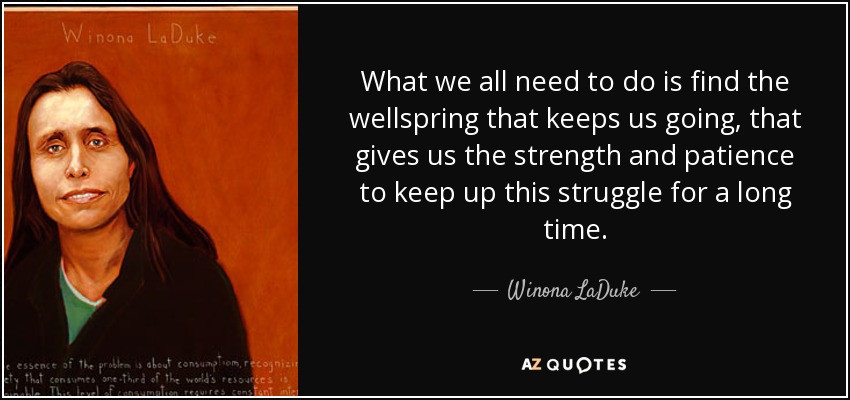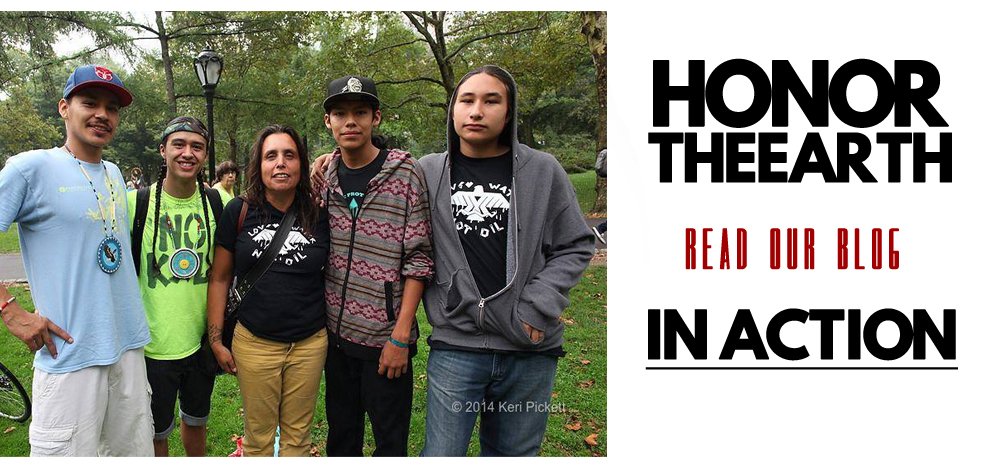Biographical Timeline | Leadership Qualities | OK Tribal Gaming Dispute | References
Inspiring
John Trudell was and continues to be an inspiration to Native American activists across the globe. He created an image and a brand that “made the spirit of the people stronger.” He was able to unite generations of Native Americans because his music and poetry drew on traditional Native American styles and themes that older generations could connect with, while incorporating modern characteristics that younger people could relate to as well. His music worked to preserve part of his cultural heritage and inspired people to connect deeper with their roots. Not only did he reach across the age gap, but across the gender gap as well. In his time with AIM John was constantly advocating for the voices of women to be heard, because he felt that they were so often lost in the crowd. He was a particularly strong advocate for the agency of his wife. After her death he made sure that people knew the amazing work that she had done, that her death was not simply defined by his work, but by her own advocacy for Native American rights and sovereignty as well.
Charismatic
People were inspired by John because they were drawn to him, he was powerful in the way that he could draw crowds when speaking at events. His charisma is what gathered the attention of federal agencies, and even frightened them and caused them to label him as dangerous. John did not back down from his beliefs or ideals and he challenged and criticized those who were lacking in upholding their own morals and beliefs. The US government was a main recipient of his criticism because he argued that they not only lacked care for their own people, but for the planet they lived on as well. During the Alcatraz occupation John fought to protect the rights of ALL Native Americans, and would not be paid off in order to back down from his beliefs. He burned an American flag on the steps of the FBI building because he said it was desecrated by the racism, classism and sexism that it represented. The American flag did not represent freedom in John’s eyes because not all were free.
Courageous
There were many instances in which John Trudell should have been afraid for his life, but nevertheless he upheld his values and kept fighting for what he knew was right. During the Civil Rights Movement in the 1960s the FBI began a program called COINTEL, which aimed to shut down the movement, but when AIM began vamping up as a political player they shifted their focus to John Trudell himself. His active involvement in the Alcatraz occupation and other sit ins at Wounded Knee and the BIA placed a target on his back. The FBI feared John because of his ability to motivate and mobilize not only Native Americans, but non-natives as well, as seen at Wounded Knee. AIM was eventually labeled as a militant terrorist group at the Wounded Knee protests, which was a way to enable and excuse violence against the activists there. One of the more terrifying moments in his life came with the death of his wife, mother-in-law and three children after burning an American flag atop the FBI steps. Although the fire that killed his family was ruled as an accident, John was certain it was murder. This moment in time was a sure indicator that if someone could kill people as innocent as his family, they could surely kill him.







